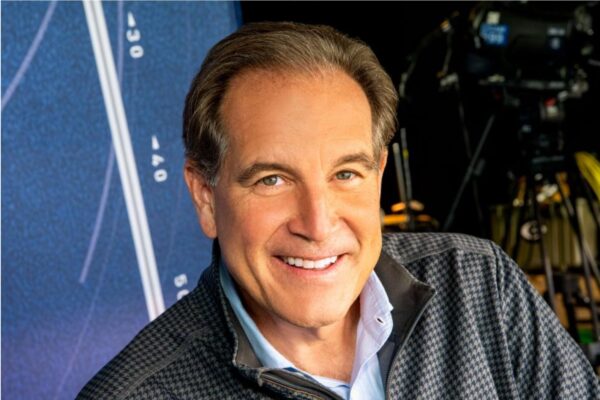By Jon Sauber | @JonSauber
Sports Capital Journalism Program
INDIANAPOLIS – Versatility has grown in importance in the National Football League, especially in the defensive secondary. Defensive backs are asked to roll down into the box and defend the run, play deep as a centerfielder and play man coverage on the outside and in the slot.
With that emphasis, it should be no surprise that Minkah Fitzpatrick is widely regarded as a potential top-10 pick in the 2018 National Football League draft.
Fitzpatrick played everywhere in the secondary in his time with the Alabama Crimson Tide, and said that he can do it all at a high level.
“I have the hips and feet of a corner, but I also have the IQ and tackling ability of a safety,” Fitzpatrick said during his NFL Scouting Combine.
Fitzpatrick was an important factor in Alabama’s defense from the start of his career, when he disrupted two passes in the victory over Clemson to win a national championship. He finished his career at Alabama with nine interceptions and 16 tackles for loss, showcasing his versatility every step of the way.
While Fitzpatrick said that he can do everything at a high level, NFL Draft Expert Mike Mayock said that some teams think that he might be too versatile.
“I think the key to Minkah Fitzpatrick is: What is he?” Mayock told reporters at the combine. “I think he can play all six defensive back positions. Now, is that a good thing or a bad thing? I’ve had a couple of coaches say to me, ‘Hey is he a difference maker? Is he a nickel? Where’s his ball production?’”
Fitzpatrick said that the combine can be all about devaluing players and he won’t let that bother him.
“The combine is somewhere you go…where they try to find reasons to not pay you,” Fitzpatrick said. “I’m just trying to give them reasons to pay me. I’m just trying to validate all of the reasons why I’m one of the best players in this draft class.”
Fitzpatrick added that man-to-man coverage is his biggest strength.
“Whether it be inside corner or outside corner, or even just at safety coming down,” he said, “that’s what I did pretty much all of my career at Alabama. I usually covered the top receiver on the offensive side of the ball, unless he stayed outside all the time. But if he moved around, I’d follow him around.”
While Fitzpatrick said that his ability to play man-to-man was his best attribute, he said that he understood why he didn’t play cornerback full-time.
“To get the best possible players on the field, coach had to make some changes and switch some things up,” Fitzpatrick said. “[He] moved me around a whole lot to get other people onto the field. I know I could have played (corner).”
He also said that teams have talked about playing him in different positions when he enters the NFL. “Some teams talk to me about playing corner, some teams say start at corner and move inside, then just go back and forth and learn the two, then some say safety,” Fitzpatrick said.
Mayock said that a team’s plan for Fitzpatrick will go a long way in defining how he fares in his NFL career.
“If you’re going to take him in the top ten, you have to have a plan,” Mayock said. “What is he? Is he my corner? Is he my safety? Is he my nickel? Or is he a piece where I can match him up week-to-week against a big wide out or a tight end? How you’re using him I think is really going to ultimately determine (value).”
No matter where he goes, Fitzpatrick said he plans to keep working to improve.
“I’m big on everything can improve,” Fitzpatrick said. “I’m always trying to pinpoint something specific I can work on.”


